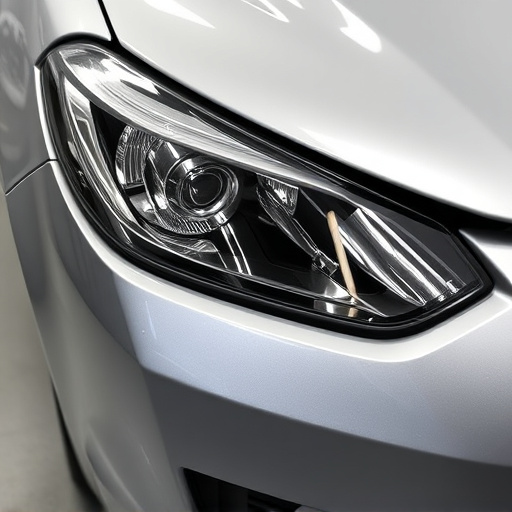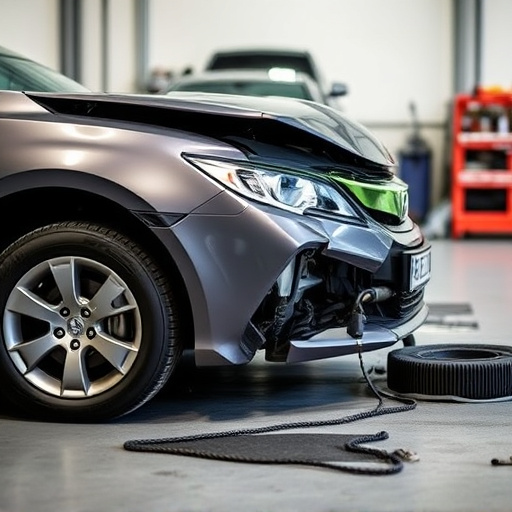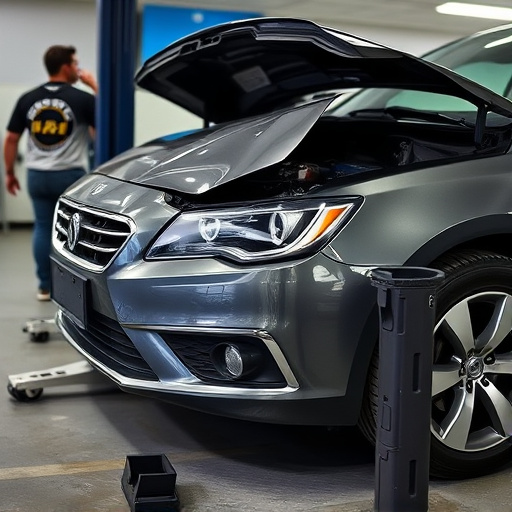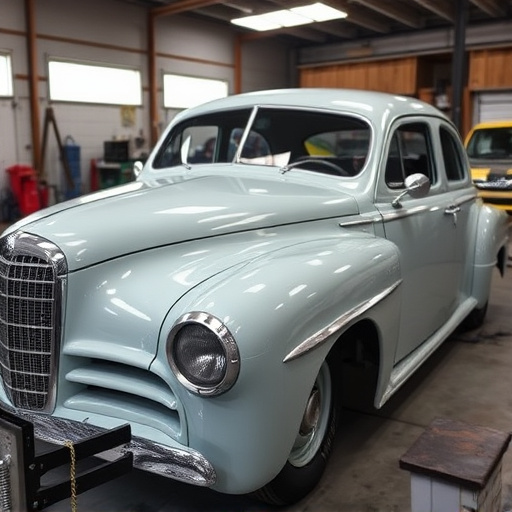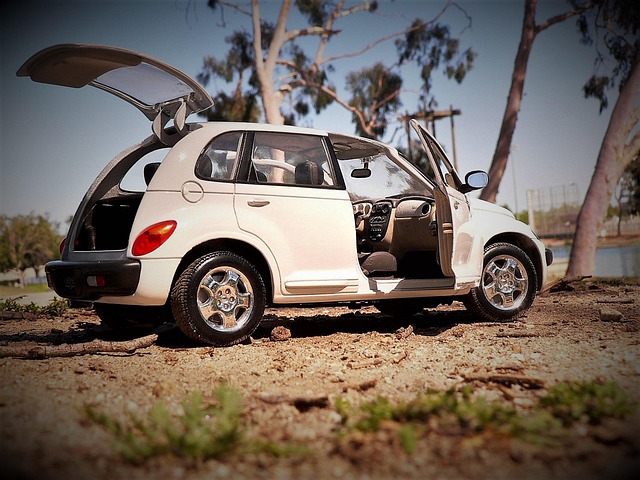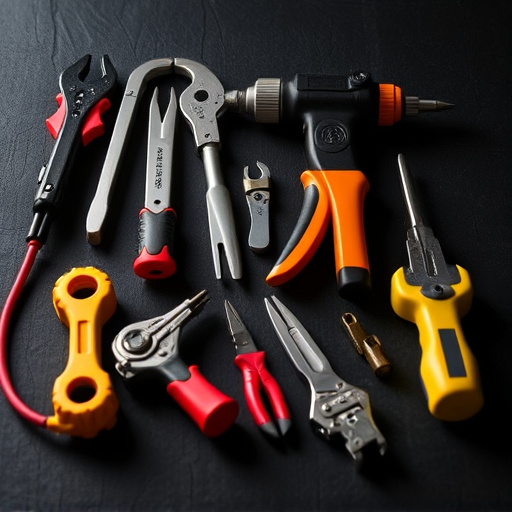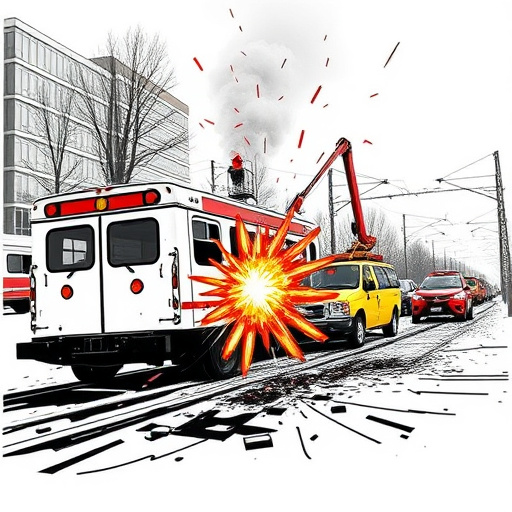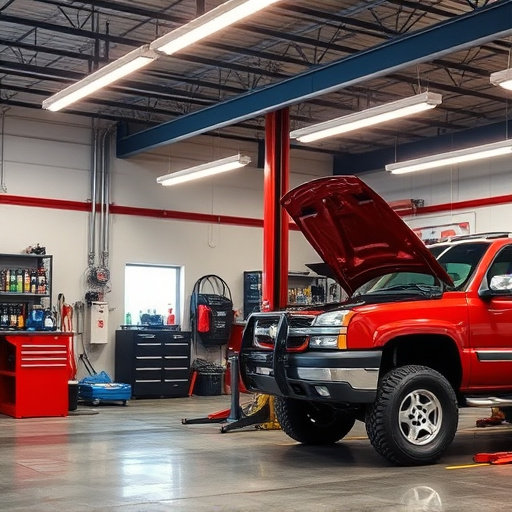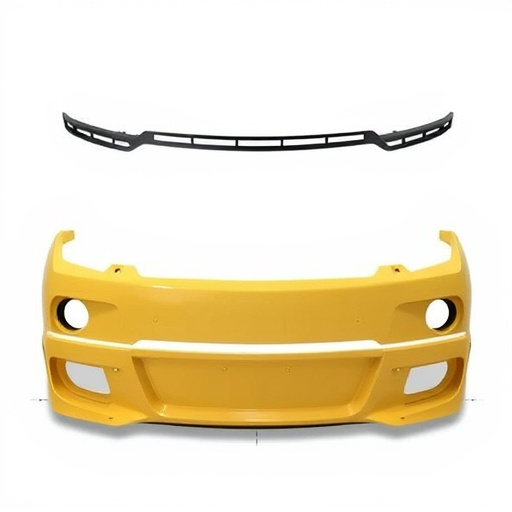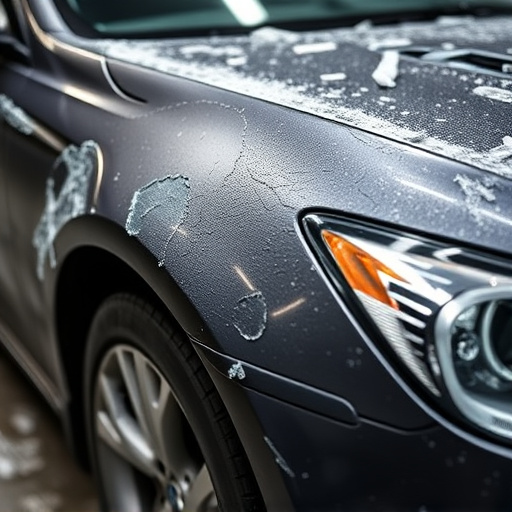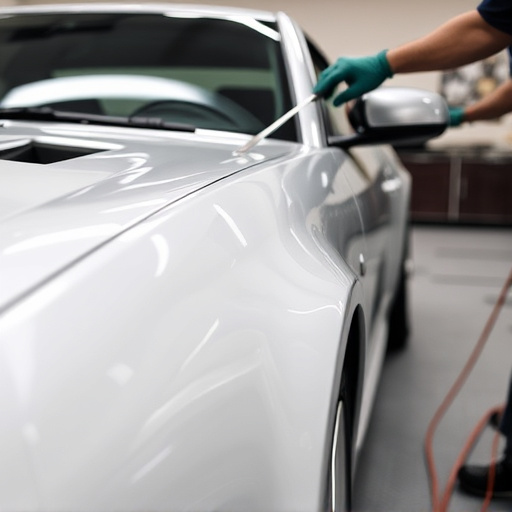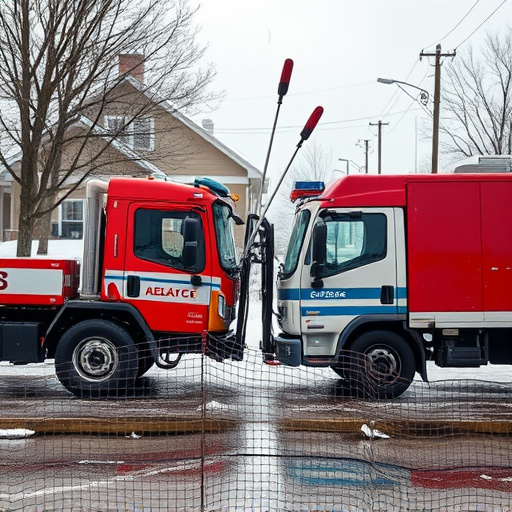Tesla's rigorous totaled vehicle assessment process involves advanced diagnostics and structural analyses to determine repair feasibility after rear-end collisions. Specialized body shops inspect structural integrity, chassis, electrical systems, and battery modules, using tools to ensure accurate judgment. A vehicle is declared totaled if repair costs surpass pre-accident value or extensive damage occurs; however, reparable components like exterior panels can increase salvaging chances, promoting sustainable operation of electric vehicles.
In the event of a rear-end collision, understanding Tesla’s totaled vehicle assessment process is crucial for owners navigating post-crash procedures. This comprehensive guide explores what happens when a Tesla encounters such an incident, focusing on damage evaluation and salvageability determinations. By delving into these aspects, we empower Tesla owners with knowledge, ensuring they receive fair assessments and effective solutions during challenging times.
- Understanding Tesla's Totaled Vehicle Assessment Process
- What Happens When a Tesla is Involved in a Rear-End Collision?
- Evaluating Damage and Determining Salvageability of Tesla Vehicles
Understanding Tesla's Totaled Vehicle Assessment Process
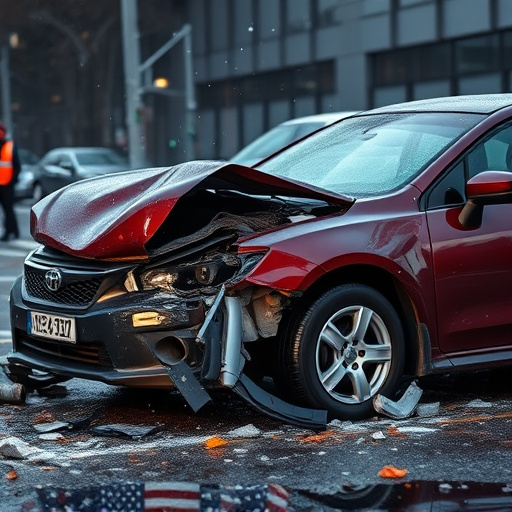
When a Tesla vehicle is involved in a rear-end collision, understanding the totaled vehicle assessment process is crucial for owners navigating insurance claims and potential repairs. Tesla employs a comprehensive evaluation system that goes beyond surface-level damage to scrutinize the overall condition of the car’s electrical systems and structural integrity. This meticulous approach ensures that only vehicles meeting stringent safety and functionality standards are deemed repairable, with certain models considered a total loss if damage extends beyond manageable limits.
The assessment process involves multiple stages, including an initial visual inspection, computer-aided diagnostic testing to identify any electronic or sensor malfunctions, and a detailed examination of the vehicle’s frame and body structure. If the cost of repairs exceeds the car’s pre-accident value, Tesla categorizes it as totaled. This can be disheartening for owners but is essential to ensure safe and reliable operation of their electric vehicles. Thankfully, automotive restoration specialists offer specialized services for Tesla bodywork repair and tire replacement, allowing for potential salvage or repurposing of these otherwise totaled vehicles.
What Happens When a Tesla is Involved in a Rear-End Collision?
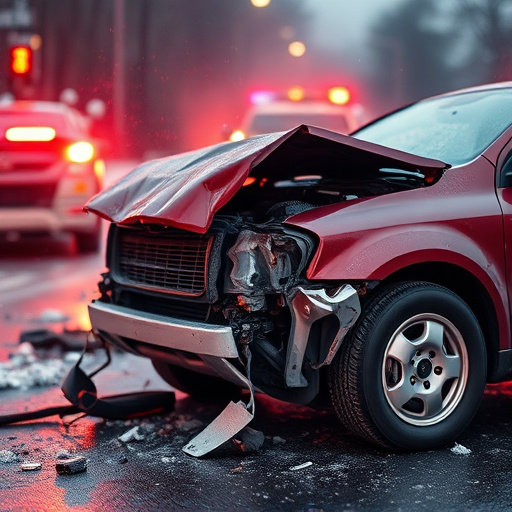
When a Tesla encounters a rear-end collision, several factors come into play that impact its overall condition and value. The severity of the crash is a primary determinant; even minor fender benders can cause significant damage to these advanced electric vehicles. Tesla’s sleek and innovative design might make it appear less susceptible to damage, but the complex electrical systems and battery packs are particularly vulnerable. A rear-end collision can lead to various issues, from cracked or shattered glass to more intricate problems with sensor arrays, wiring harnesses, and battery modules.
A thorough Tesla totaled vehicle assessment becomes crucial to determine the feasibility of repair. Many owners opt for professional auto body shops specializing in electric vehicles to conduct these assessments. The process involves meticulous inspection, diagnostic testing, and cost estimation for parts replacement and car damage repair. In cases where the repairs exceed a certain threshold or if there’s extensive hail damage repair required, it might be more economical to consider a total vehicle replacement rather than attempting extensive and costly repairs.
Evaluating Damage and Determining Salvageability of Tesla Vehicles
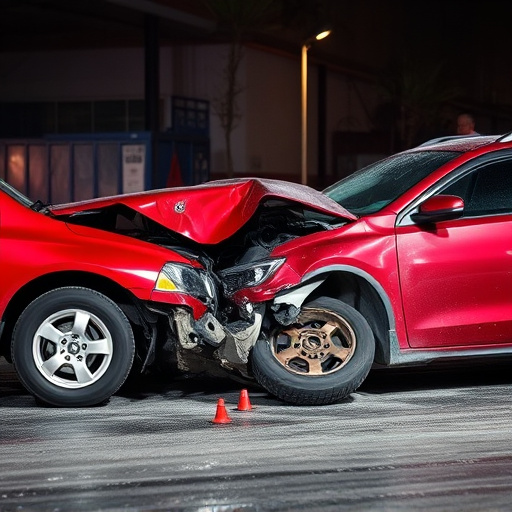
After a rear-end collision, evaluating the damage to a Tesla vehicle is crucial in determining its salvageability. This process involves a thorough inspection to assess the extent of harm across various components—from structural integrity and chassis to intricate electrical systems and sensitive battery modules. Specialized automotive body shops equipped with advanced tools and expertise play a pivotal role in this assessment, ensuring an accurate judgment.
The decision to declare a Tesla totaled or salvageable hinges on several factors, including the cost of repairs versus the vehicle’s pre-accident value. Extensive damage to critical systems or structural elements often renders the car uneconomical to repair, leading to its classification as totaled. However, components like exterior panels and car paint repair can be more feasible, allowing for restoration through automotive body work, thus increasing the chances of salvaging the vehicle.
After a rear-end collision, understanding Tesla’s totaled vehicle assessment process is crucial. When a Tesla is involved in such an event, a thorough evaluation determines the salvageability of the vehicle. This involves meticulous damage assessment, considering both structural integrity and advanced electrical systems. By employing cutting-edge technology and rigorous standards, Tesla ensures that only vehicles meeting their high-quality criteria are deemed drivable, minimizing safety risks and maximizing resale value. Thus, for any Tesla owner or enthusiast, knowing this process is essential in navigating post-collision scenarios.
